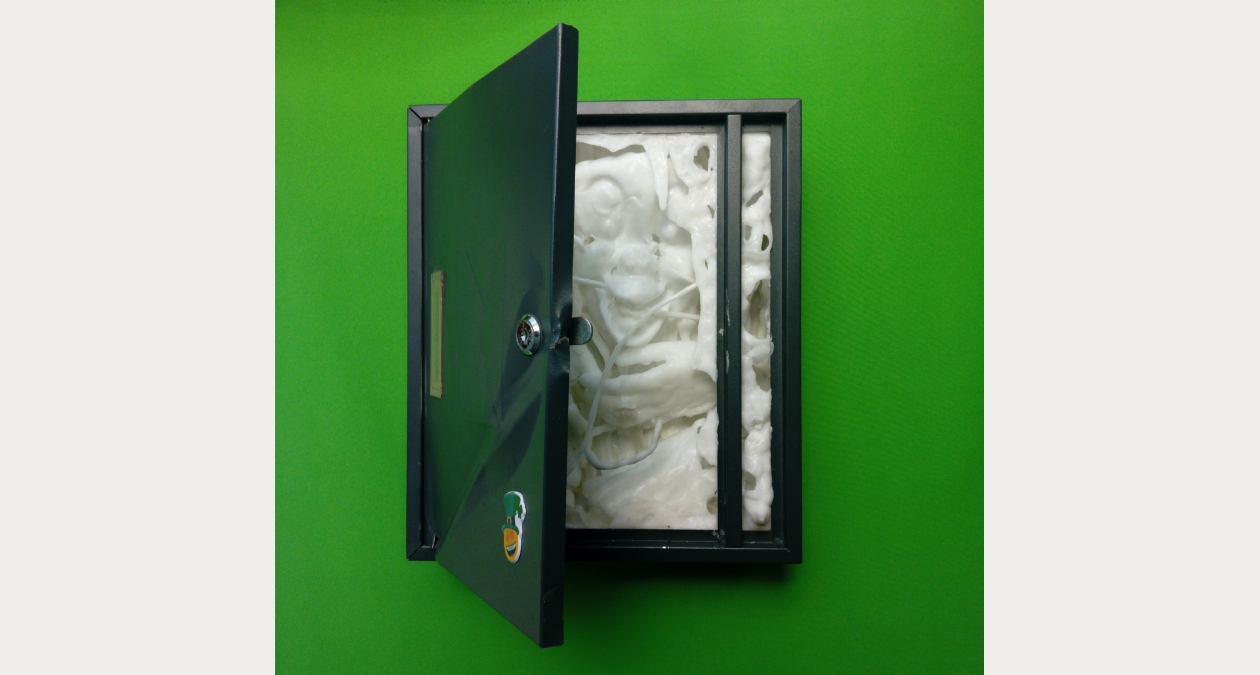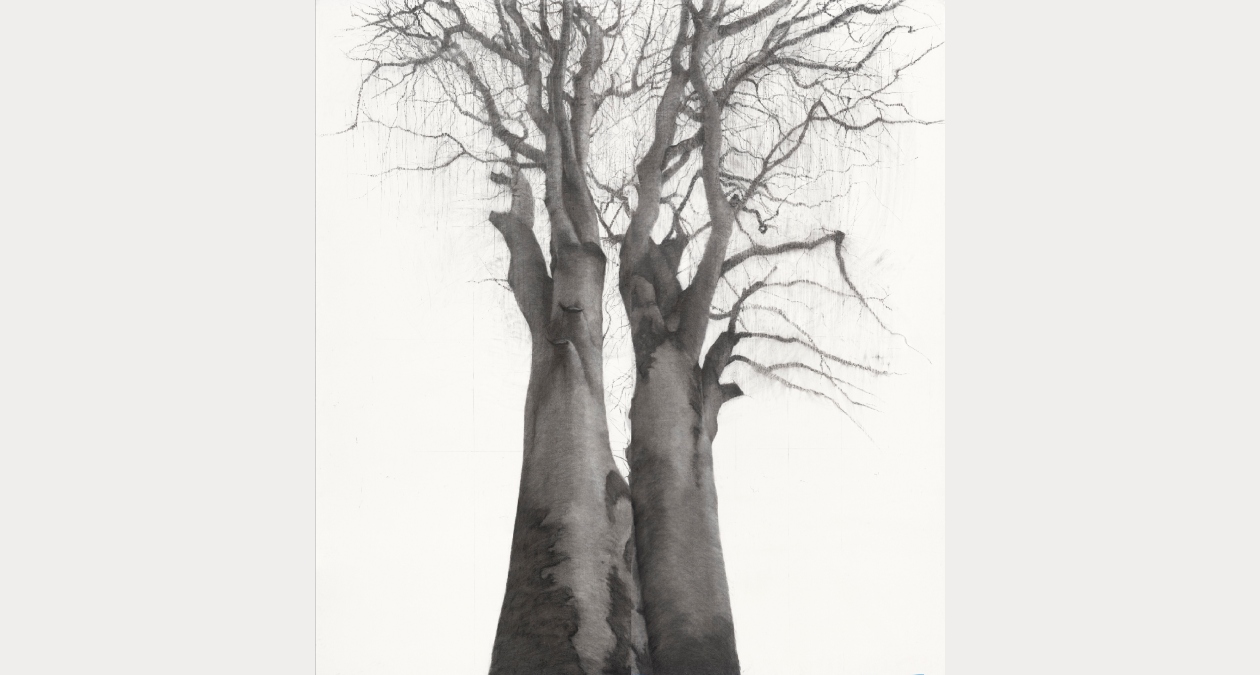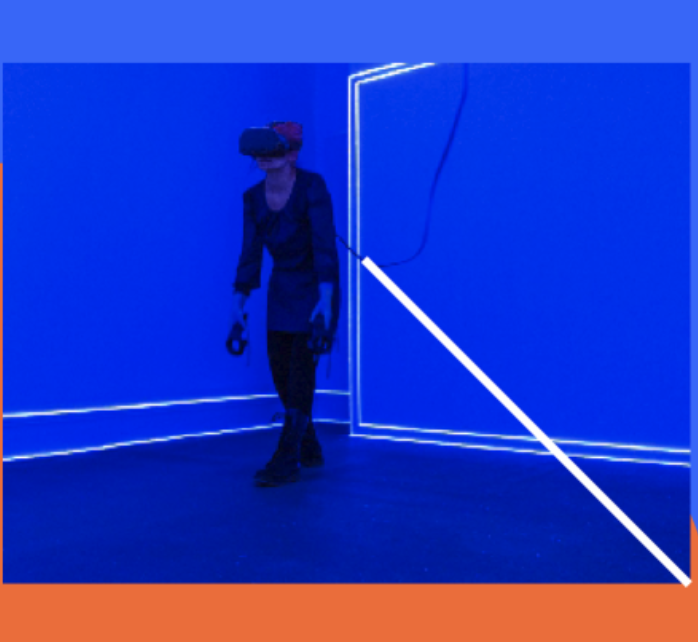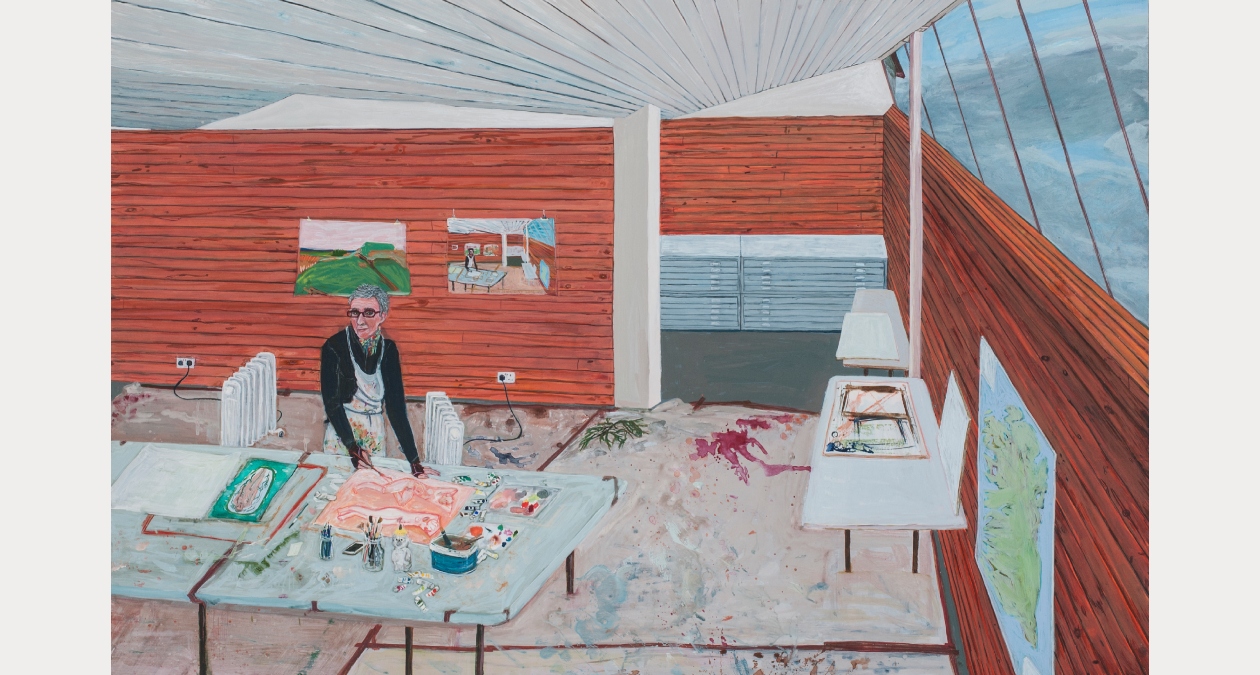The exhibition at the RHA, Dublin, includes approximately 30 prints, water colours and gouaches by Gerhard Richter (*1932) and Sigmar Polke (1941-2010) from the collection of the Kunstmuseen Krefeld, Germany. From an early stage in their careers both artists produced prints in addition to their paintings, usually in the form of editions created in association with specific exhibitions. The earliest work in this exhibition, a joint project entitled Transformation from 1968, testifies to the long-standing friendship between Richter and Polke. The work is an ironic reflection on the myth of the artist as altro dio or ‘other god’, on the one hand, and the efforts by the emerging Land Art movement to undertake the large-scale reshaping of natural earth formations, on the other. It suggests the apparently effortless transformation of an entire mountain massif into a sphere – a fantasy of omnipotence that also incorporates its own deconstruction. The use of photography is typical of Richter and Polke, particularly in the early phases of their work, in which they used both photos they had taken themselves and photos circulated in the mass media.
The blurring technique used by Richter in his photo-paintings also features in his print works. For example, the iconic portrait of Chinese revolutionary leader and dictator Mao, 1989, which had already been reproduced millions of times, is presented in the print as an enigmatic memory portrait; a toy ship from the artist’s childhood (Ship, 1972) receives similar treatment. In Betty, 1991, which features the artist’s daughter, the creative process evolved from a photograph taken by the artist to a painting, which was then photographed, and finally culminated in the offset print presented here. The seemingly blurred offset print Squatters’ House, 1990, is also based on a painting of the same name. Richter adopts an approach here that already featured in his famous painting Woman with Umbrella, 1964: he eliminates all historical references that could allow the clear identification of the image with a specific event. Hence, the historical figure of Jackie Kennedy becomes a general image of bereavement; a specific event involving house squatting becomes a marginal note on socio-economic action. Richter’s series of offset prints Colour Fields: 6 Arrangements of 1260 Colours, 1974, reflects his early preoccupation with colour charts like those used in the printing industry. The series presented here follows the principle of contingency whereby each individual colour emerged through the mixing of different proportions of the three basic colours red, yellow and blue. In contrast, the three watercolours are examples of the new direction taken by Richter from 1976, following a period in which he produced monochrome grey paintings, which represented an end point for him in terms of formlessness and indifference. As opposed to this, the multicoloured, abstract paintings and watercolours are characterised by a maximum of openness; for Richter they are an ‘analogy for something non-visual and incomprehensible’* and, as such, have a perceived quality that cannot be accessed through reason.
For Sigmar Polke printed graphics represented a completely unlimited field of experimentation – more than they did for Richter. His work Schuldruck (School Print), 1972, which incorporates an embossing on paper, a circle punched out of card bearing a screen print on tracing paper, is an early example of this approach. All 250 editions of this work were also individualized with coloured glitter. For the work Figur mit Hand (Es schwindelt … )(Figure with Hand (I am made dizzy … )), 1973, the artist used paper with a prominent lizard-skin pattern as a basis for the offset print, and for the three-part series Rechts- oder Linksseher (Left or Right Seer), 2001, he used motifs which he moved in a photocopier during exposure and thus transformed into anamorphic sequences.
Polke’s themes are as varied as his techniques; they range from spiritualist séances, e.g. Weekend I, II, III, 1971/1972, and mass media, e.g. Fernsehbild Eishockey (Rauwolfalkaloide) (TV Picture Ice Hockey (Rauwolfia alkaloid)), 1973 and Die Treppe von Cannes (The Stairs of Cannes), 2000, to alchemistic experiments, e.g. Lackmus (Litmus), 1995/1999. In Spiegelung (I und II) (Mirroring (I and II), 1992, landscape motifs are fanned out with water reflections and rotated by 90 degrees in a grid structure typical of Polke’s work. The resulting mysterious and enigmatic figures are reminiscent of Salvador Dali’s paysage paranoïaque. The three Schüttbilder (Tilted Pictures), 1984 are also based on this combination of chance and deliberate pictorial form. They are unique works, in which the support bearing the wet gouache was tilted so that the paint followed its own random course and could only be controlled to a limited extent by the artist. This concise overview provides both an intimate and varied impression of the creative processes of two artist colleagues who are among the protagonists of 20th century contemporary art.
Martin Hentschel
To coincide with this exhibition, the Goethe Institut, will be a hosting a special screening of Gerhard Richter Painting directed by Corinna Belz on Thursday the 31st of January in the Goethe Institut
on Merrion Square, Dublin.
For more information email info@dublin.goethe.org
*Gerhard Richter: Text. Writings, Interviews and Letters 1961-2007, Thames & Hudson, London, 2009, p. 120
Works on Paper from the Kunstmuseen Krefeld
Richter and Polke
-
Date:
11 Jan, 2013 - 24 Mar, 2013 -
Time:
Monday – Sunday: 11:00 – 17:00 Wednesday Late Opening: 11.00 – 20.00 -
Price:
Free -
Info:
Visitor Safety
We look forward to welcoming you at the RHA.
In line with Covid-19 safety protocols, visitors will be asked to wear a mask.Opening Times
Gallery Hours:
Closed Mon
Tues – Sat: 11 – 17
Sun: 12 – 17
Wed Late Opening: 11 – 19Office Hours:
Mon – Fri: 10 – 17Admission Always Free. Donations Always Welcome.
Getting Here
15 Ely Place, Dublin 2, D02 A213
Tel: +353 (0)1 661 2558
Email: info@rhagallery.ieThe Royal Hibernian Academy is located in the city centre of Dublin, adjacent to the National Gallery of Ireland and National Museum of Ireland and within close proximity to a wide variety of public transport services, such as Dublin Bus (Routes: 39A, 46A and 145) and Dart (Pearse Dart Station).
Access
There is plenty of parking available in the neighbourhood and the RHA is fully wheelchair accessible.
Cafe
Margadh RHA is a speciality food and wine outlet from the people behind Margadh Howth, Mamó Restaurant, Elm Epicurean and Barrow Market. The wine bar serves morning fare, lunch, hampers and gifts.
Mon – Sat: 11 – 17
Tues – Sat: 9 – 15
Sun: 12 – 17



